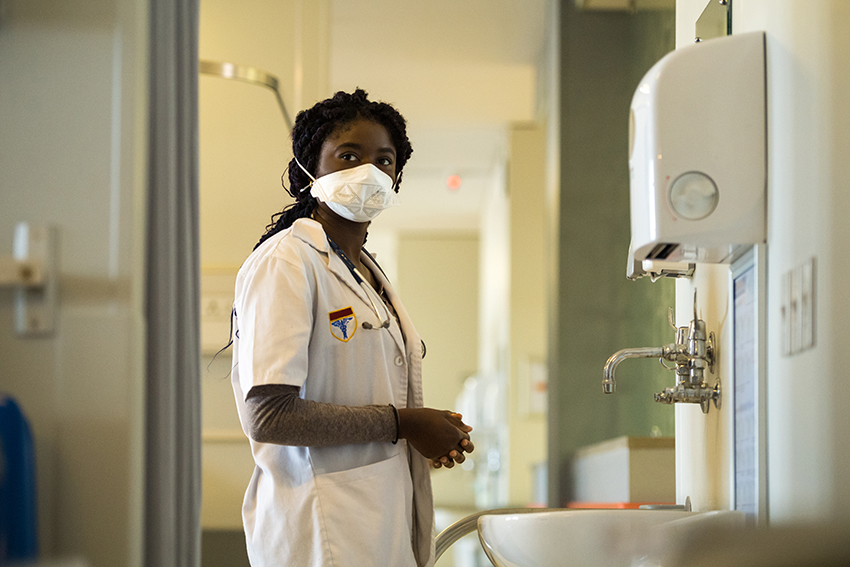
Photo Credit: stockstudioX/Getty Images
The COVID-19 pandemic has created a seismic upheaval in global health care and individual health testing and treatment. Previous gains in reducing life-threatening chronic diseases are being eroded by the need to turn attention and resources to the pandemic. It feels like a “Snakes and Ladders” board game: The counter has landed on the head of a snake and programs for other diseases have slid to the bottom of the board, landing many years behind.
Tuberculosis (TB) remains one of the leading causes of death globally, causing an estimated 1.4 million deaths in 2019. Before the COVID-19 pandemic, the global TB incidence rate fell by 9 percent but was still not meeting the United Nations’ targeted reduction of 20 percent between 2015 and 2020. The annual number of TB deaths during that time also fell but only by 14 percent rather than the targeted 35 percent. And now, modeling from the Stop TB Partnership shows the pandemic is expected to reverse progress by at least five to eight years.
Diabetes has been raging globally. Between 1980 and 2014, the number of people living with diabetes quadrupled to 422 million and is predicted to reach 642 million by 2040, with 80 percent living in low- and middle-income countries where TB is endemic and diabetes prevalence is rising. The prevalence of TB among people with diabetes is two to three times higher than in the general population, and there are now more individuals with both TB and diabetes than with TB and HIV.
A World Health Organization survey showed that 49 percent of 163 countries had partially or completely disrupted treatment for diabetes and diabetes-related complications. COVID-19 patients with diabetes face greater severity of complications and higher mortality. People with TB and COVID-19 may have poorer treatment outcomes, especially if TB treatment is interrupted. Challenges in accessing diagnostic and treatment services for these conditions increase the danger.
Complications for people with TB and diabetes can include a poorer response to TB treatment, an increased risk of adverse TB treatment outcomes and drug toxicity, and more difficult diabetes management. The TB-diabetes link is so well recognized that in 2010, the World Health Organization identified diabetes as a reemerging risk factor for TB.
And, the clock has not stopped. What is to be done? Innovations in telehealth, smartphone diagnostics and wearable health monitors have an important role in TB and diabetes care during this pandemic. And while not flashy, innovations in models of service provision at the primary care level offer promise for expanding access to TB and diabetes services.
FHI 360’s Abundant Health project in Vietnam, funded by the Pfizer Foundation from 2016 to 2020, demonstrates a promising model. The project made tremendous gains in strengthening the capacity of the Ho Chi Minh City Department of Health to provide accessible and quality diabetes services at the primary and community levels. The model incorporated a team-based approach to care and established links among community-based outreach platforms, commune health stations and district hospitals. Open-air screening and monitoring were offered, and services for self-management and ongoing management of hypertension and diabetes were available closer to patients. In its second year, Abundant Health expanded diabetes and hypertension services from 5 to all 11 commune health stations in the district. By 2020, the project was scaled up citywide, reaching nearly 300 stations.
Innovations are more likely to be scaled up and long lasting when built upon a solid foundation. This means going back to the basics of providing quality TB and diabetes services, stepping up implementation of the collaborative framework for TB and diabetes and scaling up research on the looming convergence of TB and diabetes in the context of the COVID-19 pandemic. But, for millions of people, the clock keeps ticking.
